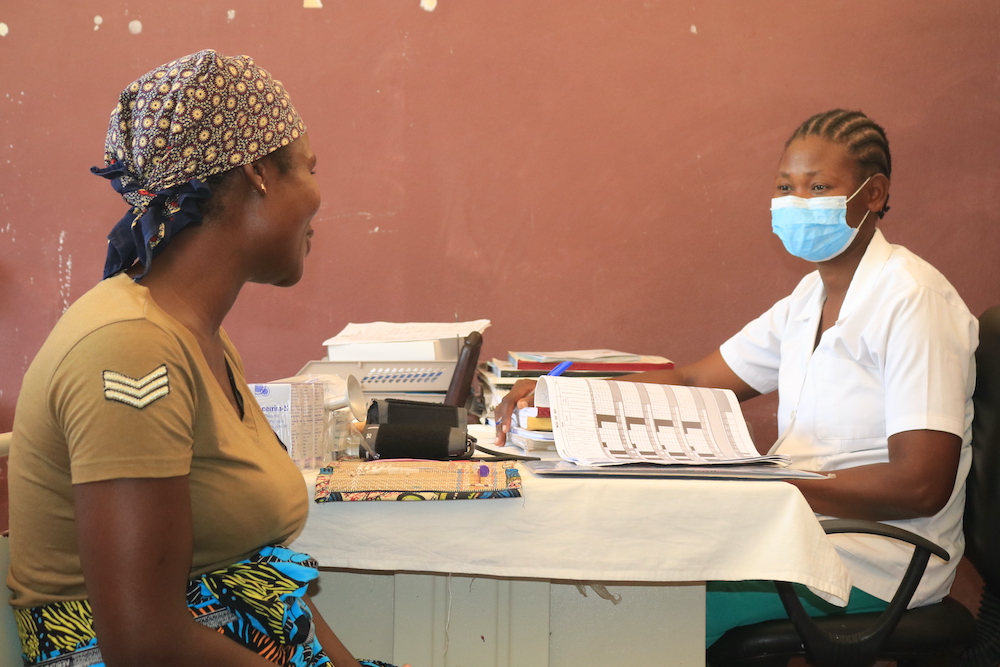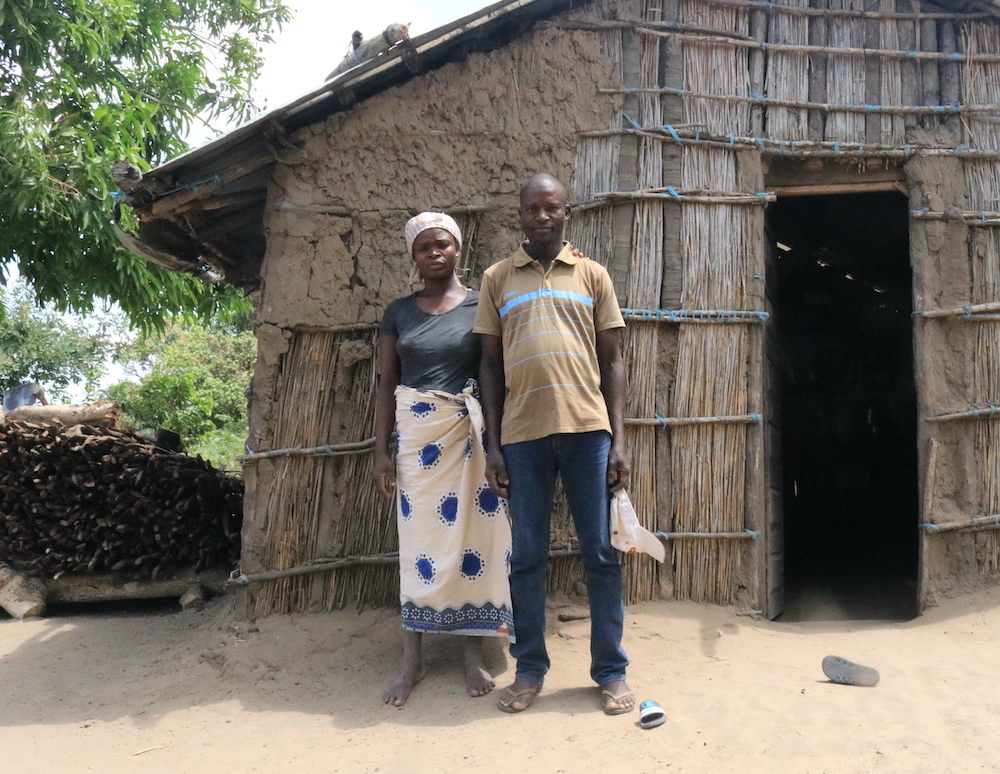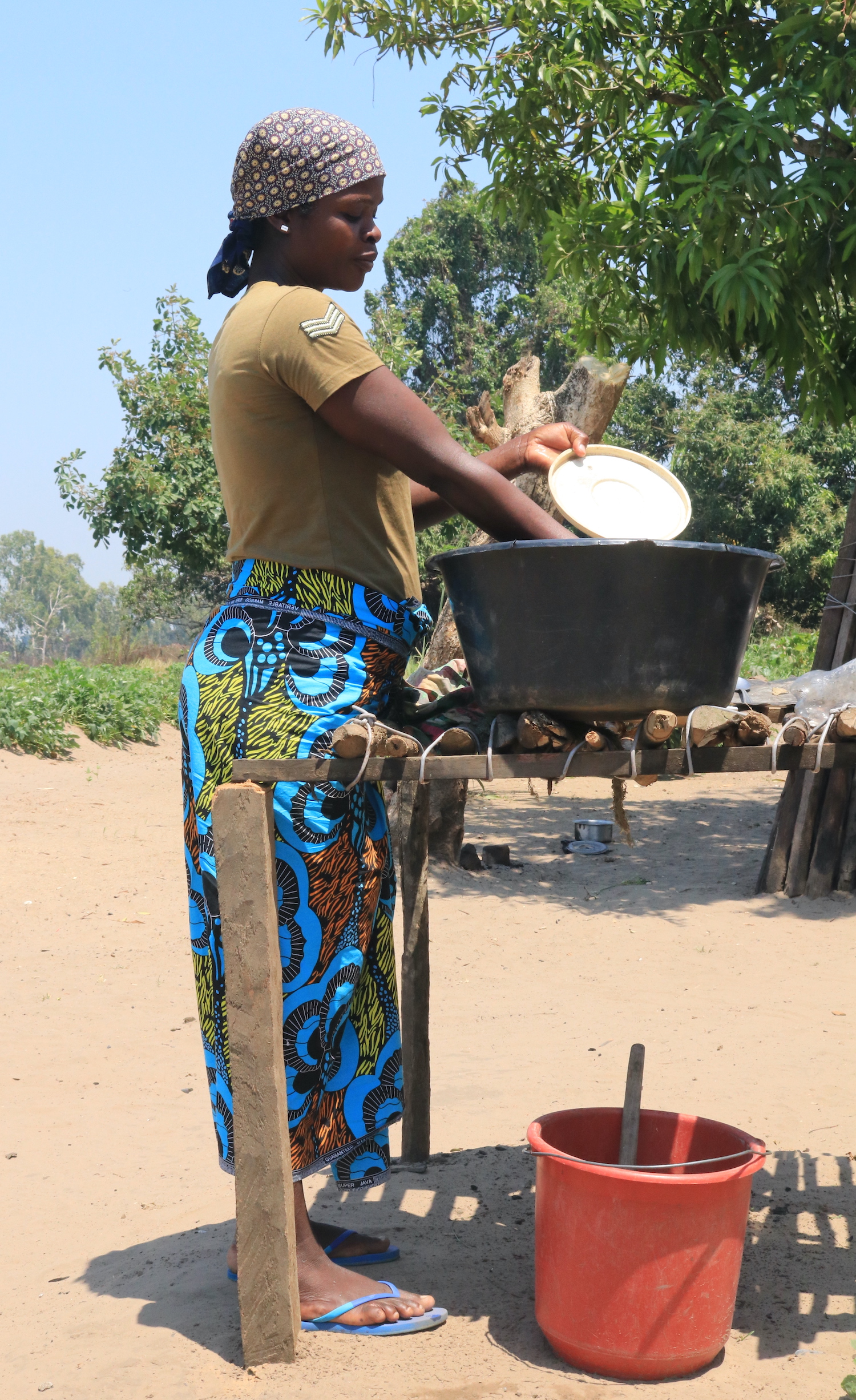
Sónia Miguel is a 36-year-old mother of five and a smallholder farmer. Daily work in her fields limits her ability to seek HIV services from the closest health facility, 12 kilometers away. Recently, she missed a clinical consultation where she would have had a viral load (VL) test performed. One week after she missed her appointment, Sónia received a visit from a Peer Educator.
“I know I have to get a viral load test every year, but I didn't know the exact date. A week after I missed my medication pickup at the health facility, I received a visit from a Peer Educator who informed me that there was going to be an opportunity to join a Mobile Brigade and to be able to take care of my health,” Sónia told us.
The Peer Educator told Sónia that this was an opportunity for her to receive a clinical consultation and to have her blood sample drawn for viral load testing. The Mobile Brigade is a community outreach service providing a wide spectrum of health services to the general public, including HIV prevention, care and treatment services. In Zambézia Province, through the support provided to clinical officers and community health workers, FGH has been strengthening demand for Mobile Brigade services among individuals who have missed the opportunity to perform a viral load test or have missed an antiretroviral treatment (ART) clinical appointment. FGH clinical implementation teams support the provision of services performed by clinicians from nearby health facilities.

Cremildo Gove, Clinical Officer of a Mobile Brigade in Quelimane District explains, “This activity is very positive because we are able to collect viral load samples from many patients who miss their appointments. We are also able to dispense medication to patients who had interrupted treatment. It is very productive, it helps patients know what their viral load result is and to continue on ART.”
Mobile Brigades have been implemented in health facilities with low viral load coverage. The process begins with a community mobilization exercise that engages faith-based and community leaders from surrounding areas, to ensure acceptance and large-scale participation. During the event, services are provided in space provided by the community, either in buildings, tents or in the open-air using screens and partitions to ensure patient confidentiality.
Sónia Miguel discovered she was living with HIV in 2017 when she became seriously ill. She suffered from headaches, diarrhea, and generalized body weakness. With the support of health providers, she commenced ART. Her last viral load result sample, collected by an FGH-supported Mobile Brigade, was undetectable.

“I feel normal. I can go to the field, wash the dishes, and I feel good because my result was undetectable. I will not interrupt treatment,” she told us.
To ensure high viral load testing coverage among ART-treated individuals, FGH designed a set of interventions that include the following:
- Mobile Brigades as described above.
- Simplified Mobile Clinics through 254 clinical service providers, who provide ART, TB preventive treatment (TPT), clinical consultations, adherence counseling and viral load sample collection at the homes of individuals interrupting treatment.
- Use of the Electronic Patient Tracking System (EPTS) to prioritize patients with pending viral load tests for home visits, inviting them to a Health Facility, to a Mobile Brigade, or having a clinician visit them to offer Simplified Mobile Clinic services.
- A total of 61 phlebotomists were hired through sub-agreements that FGH established with district health authorities and allocated to 59 supported Health Facilities to increase the number of viral load sample collection points and reduce patient wait times.
- Health Communications activities, which during Q4 COP21, stressed the importance of viral load testing and the Undetectable=Untransmittable (U=U) message through 34 theater performances, and radio spots that were aired 1,279 times at community radio stations, small group dialogues, and community talks.
As a result, in Q4 COP21, a total of 245,944 adult and pediatric ART-treated individuals had a viral load result documented in their patient medical record during the past 12 months, representing a 13.3% increase in viral load testing volume when compared to Q3 COP21. This represents 76.4% of viral load testing coverage of individuals eligible for a viral load test at HFs supported by FGH in Zambézia Province, an 8% increase when compared to Q3 COP21 performance.